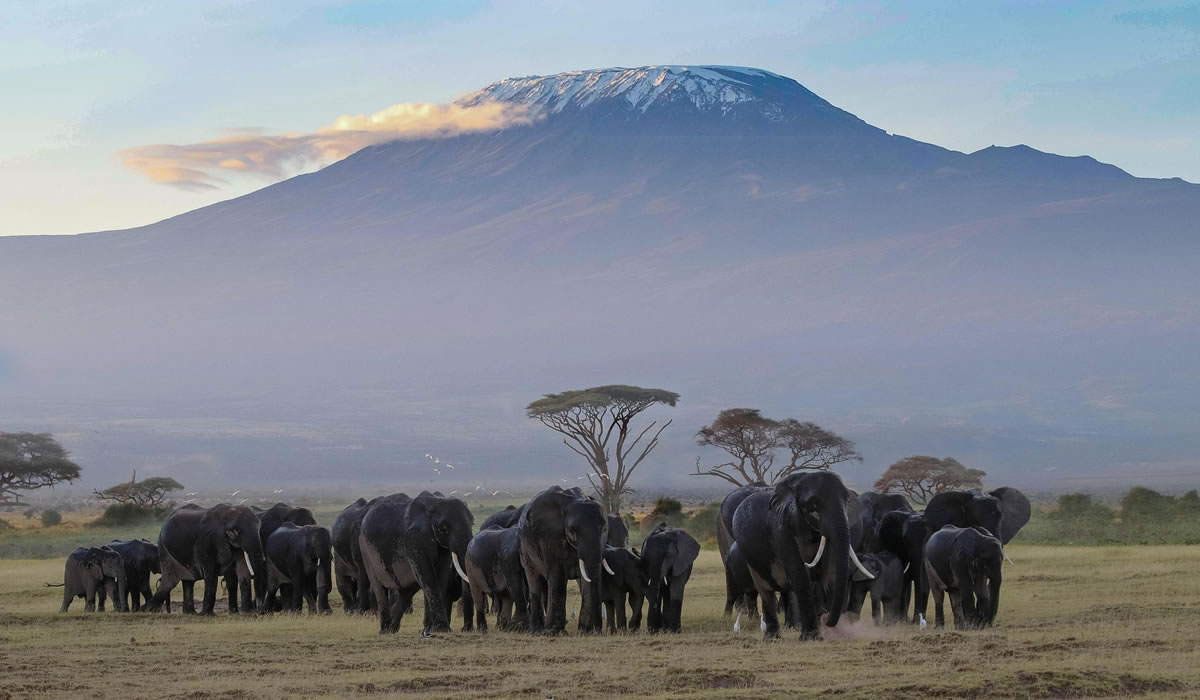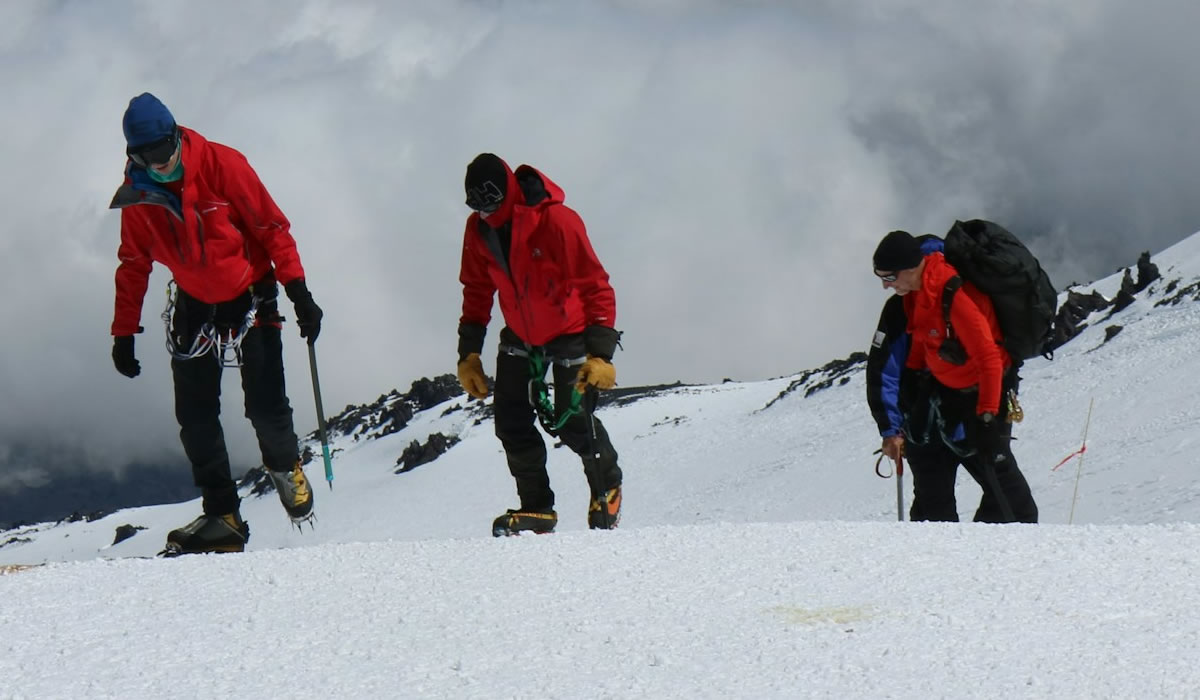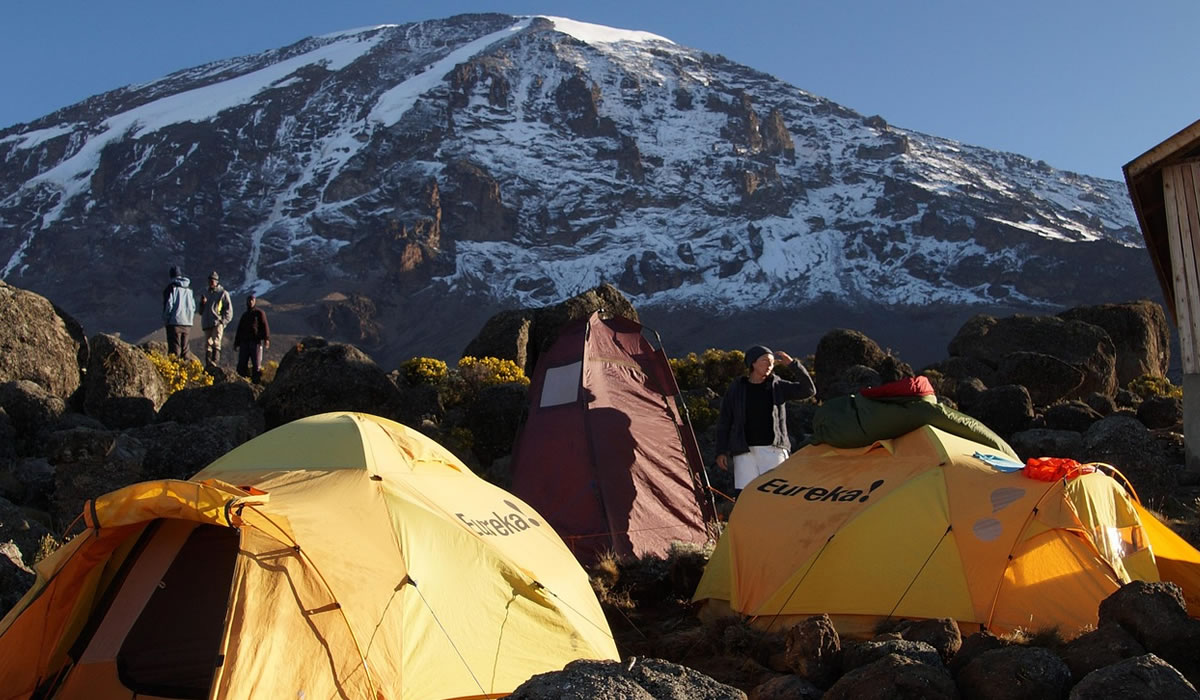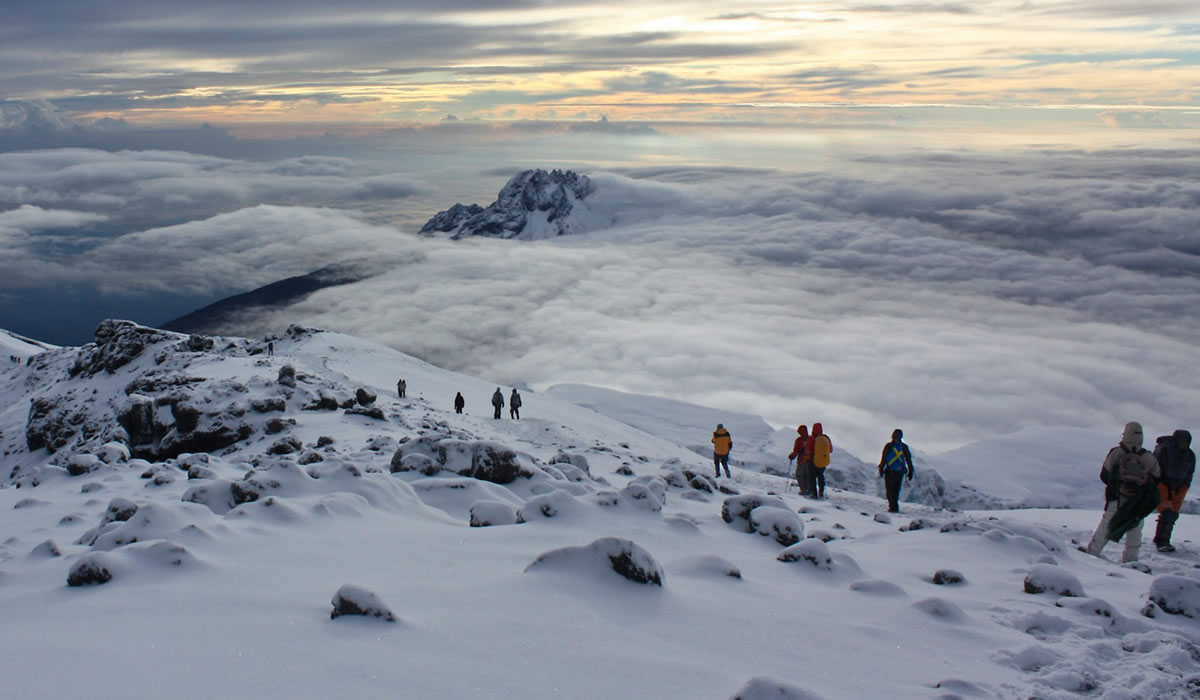Hiking Mount Kilimanjaro is one of the most thrilling and sought-after adventures in the world. Standing at 5,895 meters [19,341 feet] above sea level, Mount Kilimanjaro is the tallest mountain in Africa and the highest free-standing mountain on Earth. Located in northeastern Tanzania near the Kenyan border, Kilimanjaro is part of the Kilimanjaro National Park, a UNESCO World Heritage Site. For hikers, nature lovers and adventurers, reaching the summit of Kilimanjaro is a once-in-a-lifetime experience. Hiking Mount Kilimanjaro is one of the major tourist things to do in Tanzania.
In this comprehensive guide, we explore everything you need to know about hiking Mount Kilimanjaro, including route options, difficulty levels, preparation tips, best times to visit, gear recommendations and essential safety information.

Why Hike Mount Kilimanjaro?
Hiking Mount Kilimanjaro is more than just a climb, it’s an epic journey through multiple climate zones, from lush rainforests to alpine deserts to icy summits. Unlike other high-altitude peaks, Kilimanjaro requires no technical climbing skills, which means that even those without mountaineering experience can attempt the trek with the right preparation. Each year, over 30,000 people from around the world attempt the climb, making it one of the most popular trekking destinations globally.
The views from the summit, Uhuru Peak, are absolutely stunning and offer panoramic sights of glaciers, valleys and the expansive Tanzanian plains below. The challenge of reaching the top, combined with the stunning biodiversity and sense of achievement, makes Mount Kilimanjaro one of the best hiking adventures in the world.
Kilimanjaro Hiking Routes

There are several established routes for climbing Kilimanjaro, each with unique characteristics, scenery and levels of difficulty. Choosing the right route depends on your experience level, time availability, budget and preferred hiking conditions.
-
Marangu Route
- Duration: 5 to 6 days
- Difficulty: Moderate
- Accommodation: Huts
- Best for: Budget hikers and those who prefer hut accommodation
The Marangu Route is the oldest and most well-established trail on Kilimanjaro. It is often referred to as the “Coca-Cola Route” because of its relative comfort and the availability of soft drinks at some of the huts. It is the only route with dormitory-style hut accommodation, making it appealing to hikers who wish to avoid camping.
While it is one of the shortest and most direct routes, the lower acclimatization rate contributes to a lower summit success rate compared to longer routes.
-
Machame Route
- Duration: 6 to 7 days
- Difficulty: Challenging
- Accommodation: Camping
- Best for: Scenic views and acclimatization
The Machame Route is one of the most popular and scenic routes to climb Mount Kilimanjaro. Known as the “Whiskey Route” due to its tougher terrain compared to the Marangu Route, it offers excellent acclimatization opportunities due to its longer and more gradual ascent profile.
This route passes through a wide range of landscapes, including rainforest, moorland and the dramatic Barranco Wall. It’s ideal for hikers who want a rewarding, slightly more challenging experience.
-
Lemosho Route
- Duration: 7 to 8 days
- Difficulty: Moderate to challenging
- Accommodation: Camping
- Best for: High success rate and fewer crowds
The Lemosho Route is considered one of the best Kilimanjaro hiking routes due to its scenic variety and excellent acclimatization schedule. It starts on the western side of the mountain and traverses beautiful forests and valleys before joining the Machame Route.
With fewer crowds and a higher success rate, Lemosho is ideal for hikers looking for a well-rounded and immersive trekking experience.
-
Rongai Route
- Duration: 6 to 7 days
- Difficulty: Moderate
- Accommodation: Camping
- Best for: Quieter trail and gradual ascent
The Rongai Route approaches Kilimanjaro from the north, near the Kenyan border. It is one of the least trafficked routes and offers a quieter, more remote experience. The scenery is different from the southern trails, with drier landscapes and expansive views.
Although the route is slightly less scenic than others, its gentle ascent profile offers decent acclimatization, making it suitable for first-time high-altitude hikers.
-
Northern Circuit Route
- Duration: 9 to 10 days
- Difficulty: Moderate to difficult
- Accommodation: Camping
- Best for: Excellent acclimatization and stunning views
The Northern Circuit is the longest and newest route on Mount Kilimanjaro. It provides a full circumnavigation of the mountain and offers exceptional scenery, fewer crowds and the best acclimatization schedule. Because of the extended duration, it has one of the highest summit success rates.
Best Time to Hike Mount Kilimanjaro

The best time to climb Mount Kilimanjaro is during the dry seasons: January to March and June to October. These periods offer clearer skies, more stable weather and better trail conditions. January to March is usually colder with a higher chance of snow at the summit, while June to October tends to be busier but offers more sunshine.
Avoid the rainy seasons [April to May and November] when trails become slippery, and visibility is reduced.
Physical Preparation and Fitness
Climbing Kilimanjaro is a non-technical hike, but it is still physically demanding due to the altitude and multi-day trekking. Success depends more on endurance and mental determination than technical climbing skills.
Training Tips for Kilimanjaro Hiking:
- Start training 2 to 3 months before your trip
- Focus on cardio exercises like hiking, running, swimming and cycling
- Do practice hikes with elevation gain and a weighted backpack
- Strengthen your legs, core and stamina through regular workouts
- Practice walking for several hours at a time to simulate long trekking days
Altitude sickness is the most common reason hikers do not reach the summit. To improve your chances, choose a longer route that allows for gradual acclimatization, stay hydrated and listen to your body.
Essential Gear for Hiking Kilimanjaro

Having the right equipment is crucial for a successful and comfortable climb. Here is a list of essential gear for Kilimanjaro hiking:
- Clothing layers: Base layer, mid-layer, insulating jacket and waterproof outer shell
- Hiking boots: Well-broken-in and waterproof
- Backpack: 30-40L for day use
- Sleeping bag: Rated for -10°C to -20°C
- Trekking poles: To reduce strain on knees
- Headlamp: With extra batteries
- Water bottles or hydration system: Minimum 3 liters
- Snacks and energy bars
- Gloves, hat, gaiters and sunglasses
Most tour operators provide tents, sleeping mats and meals, but check with your company for specific inclusions.
Costs of Hiking Mount Kilimanjaro
The cost to climb Mount Kilimanjaro varies depending on the route, duration and operator. On average, expect to pay between $1,500 and $4,000 per person. Budget tours are available but may cut corners on safety and staff welfare. Be cautious of overly cheap offers.
Additional expenses may include:
- Tips for guides, porters and cooks (usually $200 to $300 total per climber)
- Personal gear and clothing
- Travel insurance
- Pre- and post-climb accommodation in Arusha or Moshi
- Visa fees and vaccinations
Health, Safety and Altitude Considerations

Altitude sickness is the main challenge when climbing Kilimanjaro. Common symptoms include headache, nausea, fatigue and shortness of breath. More serious conditions like Acute Mountain Sickness (AMS) or High Altitude Pulmonary/Cerebral Edema can be life-threatening.
To stay safe:
- Ascend slowly and take rest days if needed
- Drink at least 3 to 4 liters of water per day
- Avoid alcohol and heavy exertion in the early days
- Consider taking acetazolamide (Diamox) to prevent AMS
- Monitor your symptoms and communicate with your guide
All operators are required to carry pulse oximeters and first aid kits. Some offer portable oxygen and emergency stretchers.
Hiking Mount Kilimanjaro is an extraordinary adventure that tests your limits and rewards you with unforgettable memories. From the first step on the rainforest trail to the final push to Uhuru Peak, every moment of the journey offers natural beauty, personal challenge and a deep connection with Tanzania’s diverse landscapes.
Whether you’re a seasoned trekker or an ambitious first-timer, Kilimanjaro is a mountain that welcomes all who are willing to take on its slopes with preparation, respect and perseverance.

